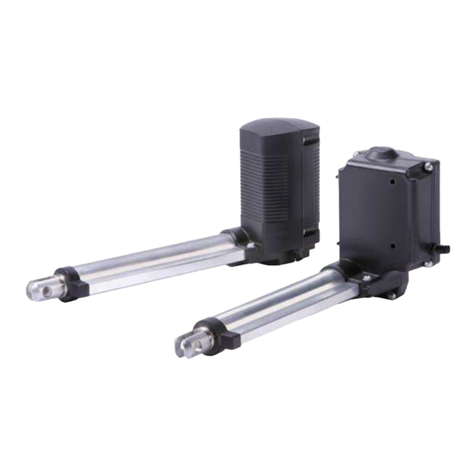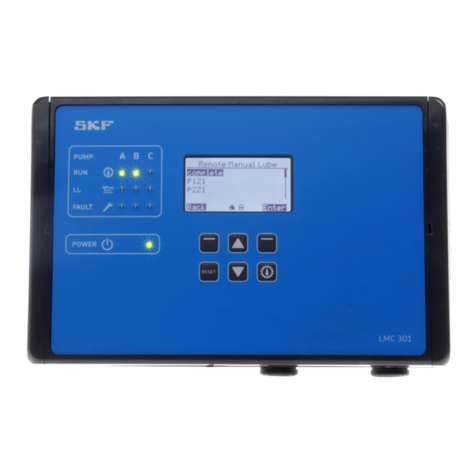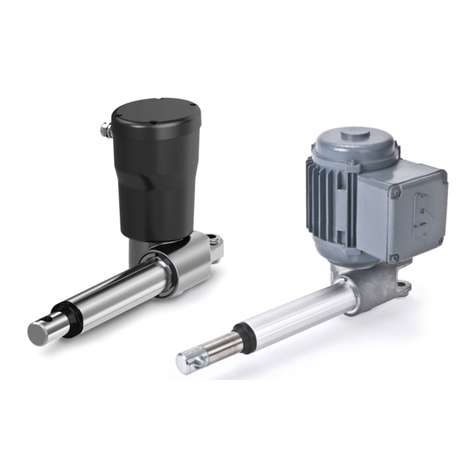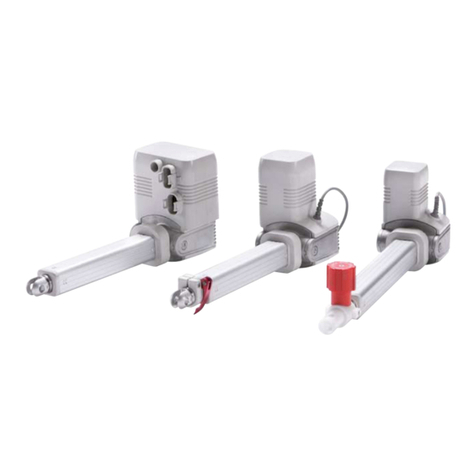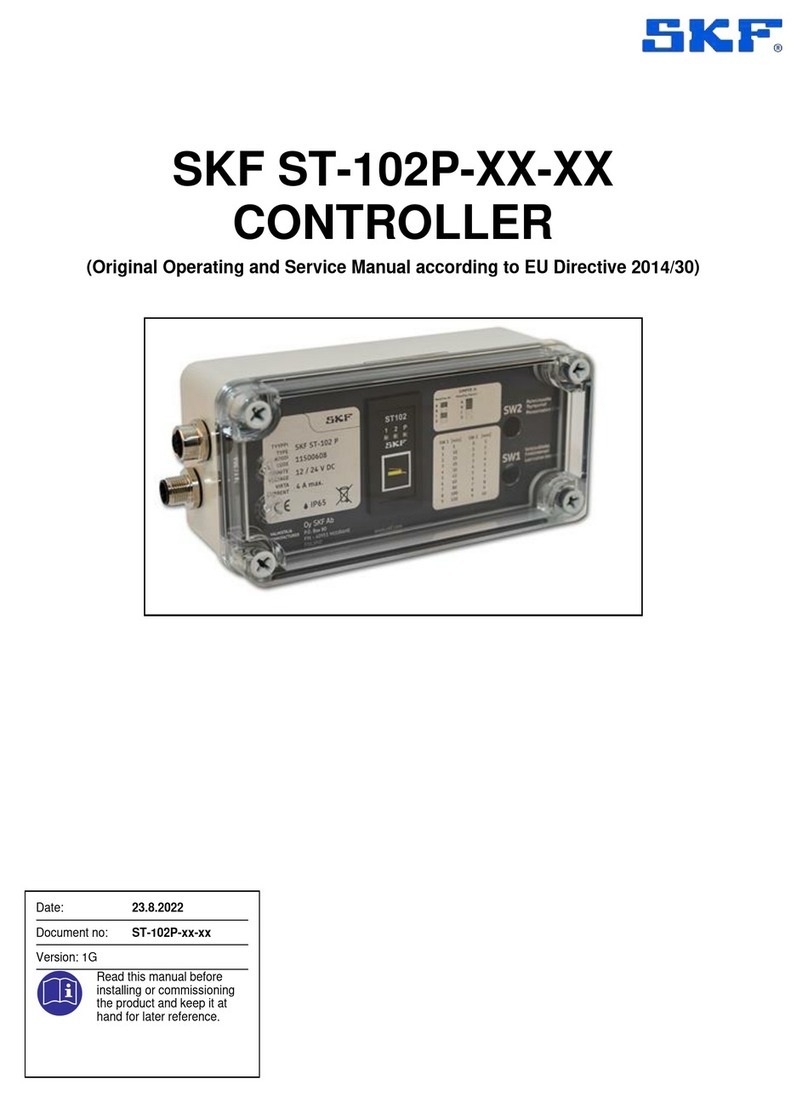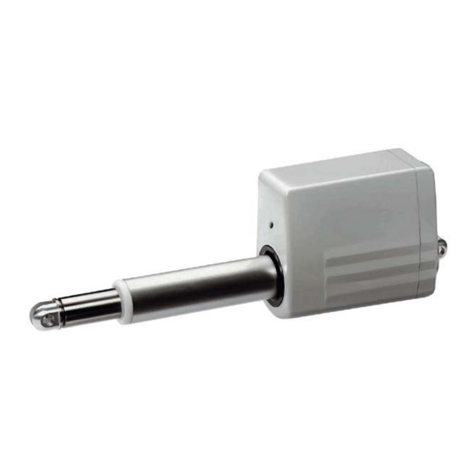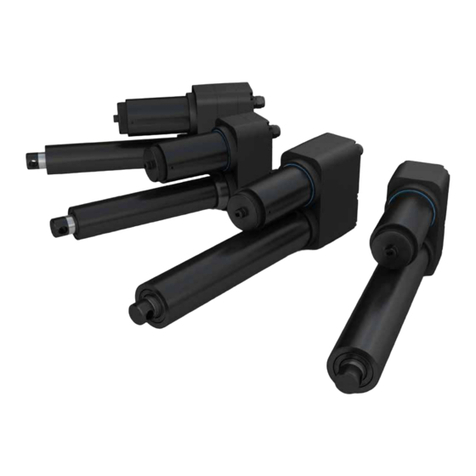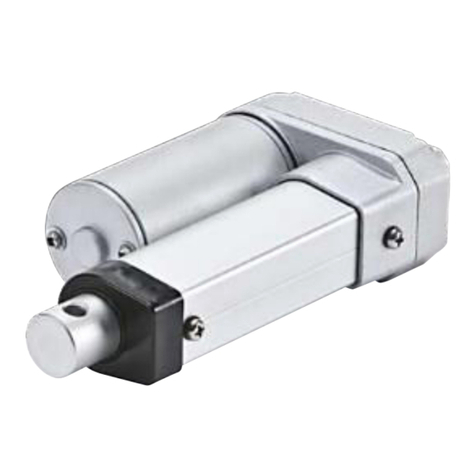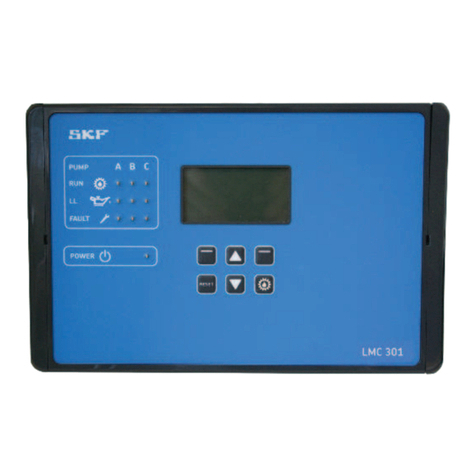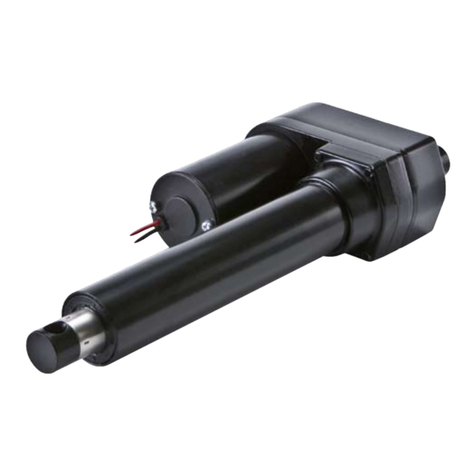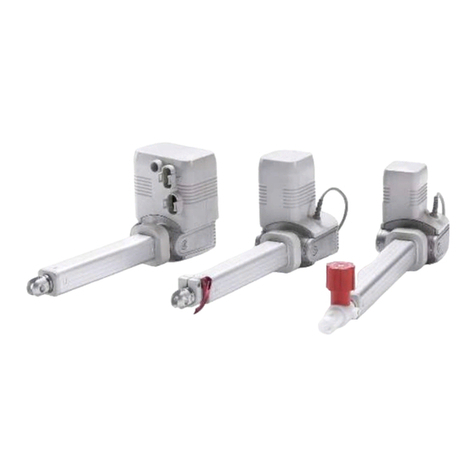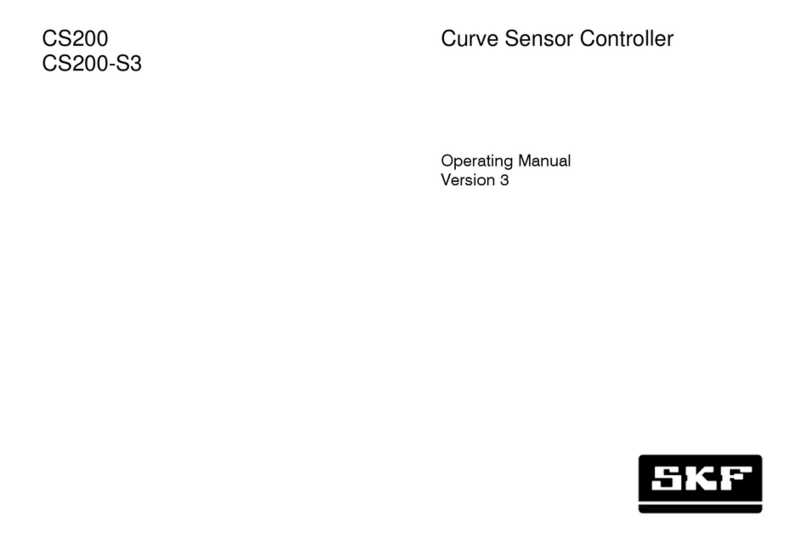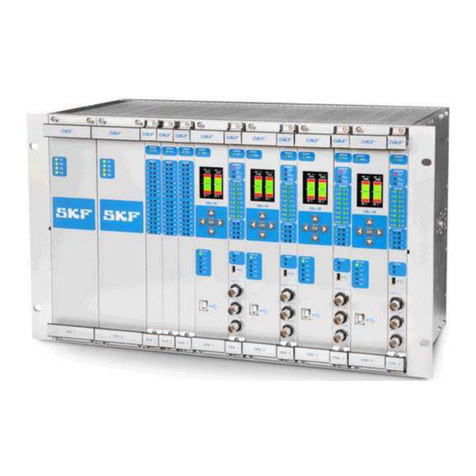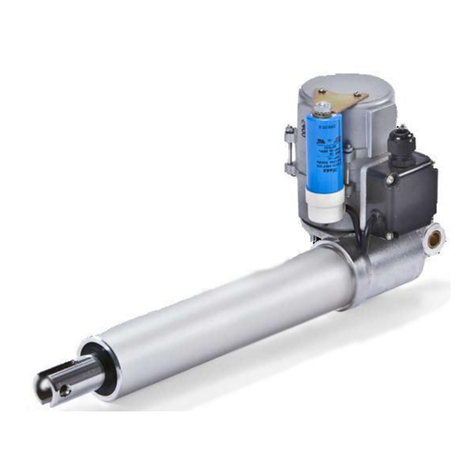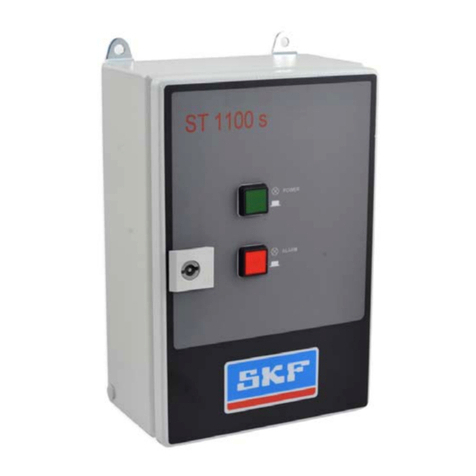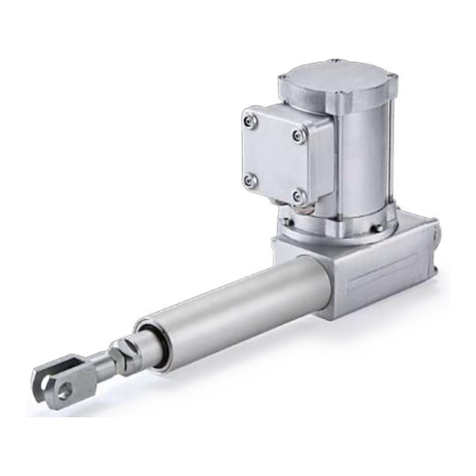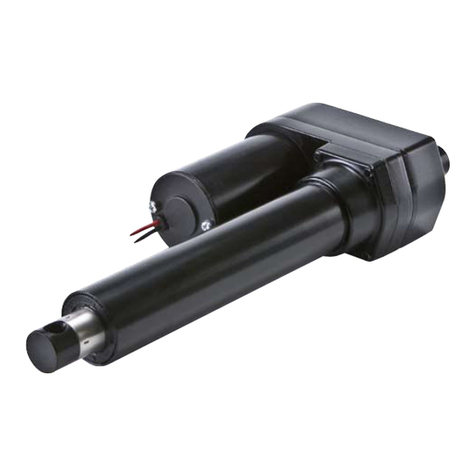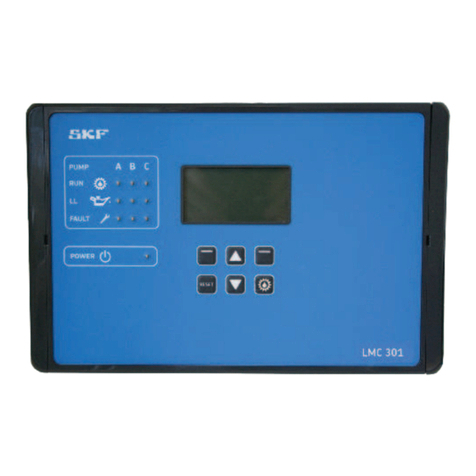
- 8 -
951-181-015
Version 03
EN 1. Safety instructions
1. Safety instructions
1.1 General safety instructions
○The owner must ensure that safety infor-
mation has been read by any persons en-
trusted with works on the product or by
those persons who supervise or instruct
the before-mentioned group of persons.
In addition, the owner must also ensure
that the relevant personnel are fully fa-
miliar with and have understood the con-
tents of the Instructions. It is prohibited to
commission or operate the product prior
to reading the Instructions.
○These Instructions must be kept for fur-
ther use.
○The described products were manufac-
tured according to the state of the art.
Risks may, however, arise from a usage
not according to the intended purpose
and may result in harm to persons or
damage to material assets.
○Any malfunctions which may affect safety
must be remedied immediately. In addi-
tion to these Instructions, general statu-
tory regulations for accident prevention
and environmental protection must be
observed.
1.2 General behaviour when handling the
product
○The product may be used only in aware-
ness of the potential dangers, in proper
technical condition, and according to the
information in these instructions.
○Familiarize yourself with the functions
and operation of the product. The speci-
fied assembly and operating steps and
their sequences must be observed.
○Any unclear points regarding proper
condition or correct assembly/ operation
must be clarified. Operation is prohibited
until issues have been clarified.
○Unauthorized persons must be kept
away.
○Precautionary operational measures and
instructions for the respective work must
be observed.
○Responsibilities for different activities
must be clearly defined and observed.
Uncertainty seriously endangers safety.
○Safety-related protective and emergency
devices must not be removed, modified
or affected otherwise in their function
and are to be checked at regular intervals
for completeness and function.
○If protective and safety equipment has to
be dismantled, it must be reassembled
immediately after finishing the work, and
then checked for correct function.
○Remedy occurring faults in the frame of
responsibilities. Immediately inform your
superior in the case of faults beyond your
competence.
○Wear personal protective equipment.
○Never use parts of the centralized lu-
brication system or of the machine as
standing or climbing aids.
